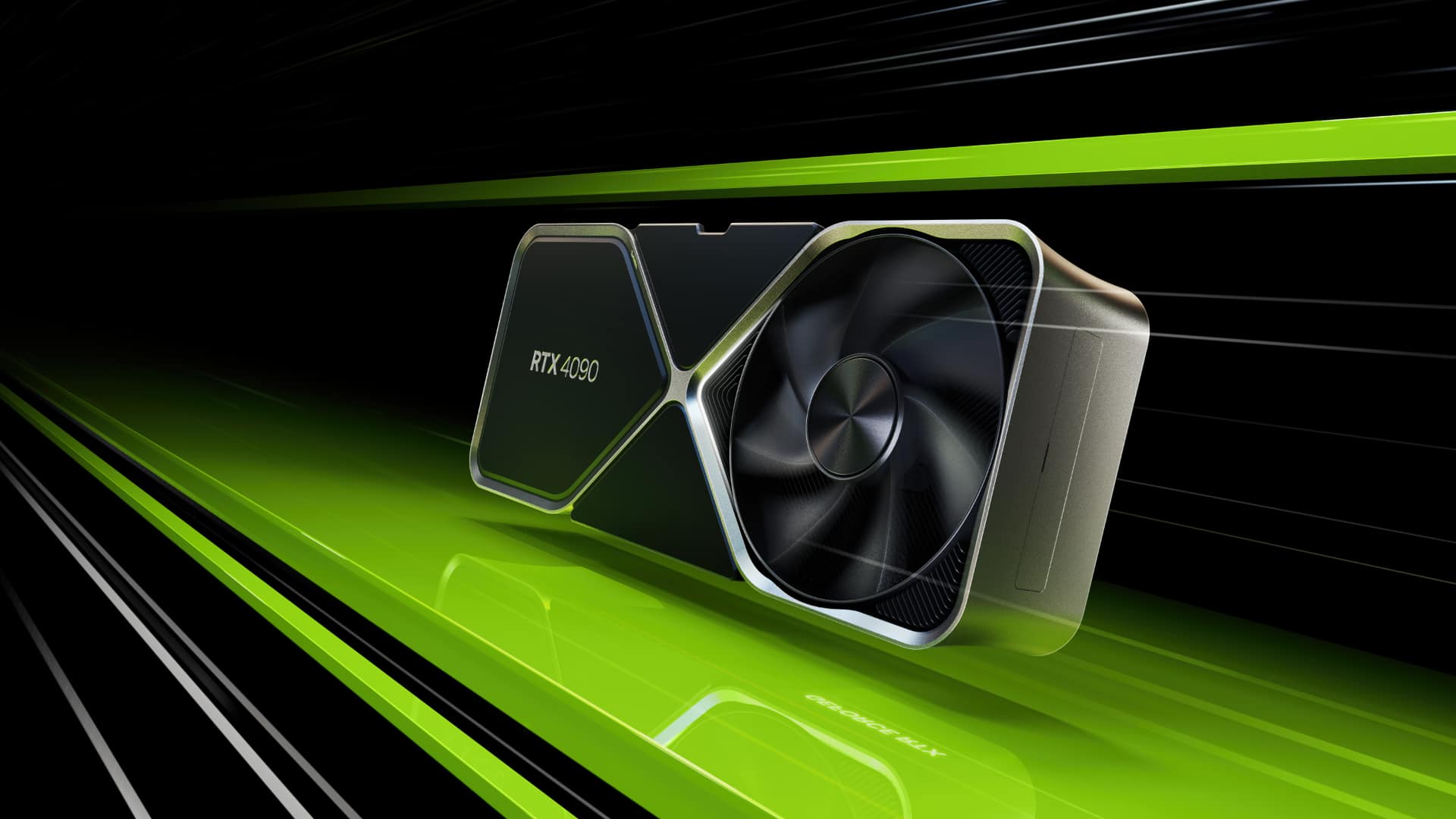
After rather a lot of rumour and speculation, Nvidia has confirmed the release of new GeForce RTX 40 GPUs based on its equally new Ada Lovelace architecture.
The world’s first GPUs based on the new Ada Lovelace architecture, the RTX 40 Series are being hyped up to an impressive degree, with Nvidia talking eagerly of “massive generational leaps in performance and efficiency.” This, the company reckons is a new era of real-time ray tracing and neural rendering, which uses AI to generate pixels.
And it could have a point. These third gen RTX units look like they will deliver 4x the speed of their predecessors. And, given the recent collapse in the value of crypto (not to mention Etheruem’s move from proof-of-work to proof-of-stake validation) there is even a chance you might be able to get your hands on one.
The top end is represented by the RTX 4090, which will ship October 12 with a hefty 24GB of GDDR6X memory and an equally hefty $1599 / €1949 / £1679 price tag. Below it sit two versions of the RTX 4080, with 12GB and 16GB of GDDR6X memory apiece. These will be available in November, starting at $899 and $1199, respectively (also €1099 / £949, €1469 / £1269)
The third-generation RT Cores have been enhanced to deliver 2x faster ray-triangle intersection testing and include two new hardware units. An Opacity Micromap Engine speeds up ray tracing of alpha-test geometry by a factor of 2x, and a Micro-Mesh Engine generates micro-meshes on the fly to generate additional geometry. The Micro-Mesh Engine provides the benefits of increased geometric complexity without the traditional performance and storage costs of complex geometries.
Indeed energy is an important part of the equation here, Nvidia stating that the new cards deliver the new performance at the same old energy levels as their predecessors.
The company also announced Nvidia DLSS 3, the next step in the its Deep Learning Super Sampling neural-graphics technology for games and creative apps. This AI-powered technology can generate entire frames for faster game play, and can overcome CPU performance limitations in games by allowing the GPU to generate entire frames independently.
Such performance bumps are also going to benefit the creative community too.
3D artists will be able to render fully ray-traced environments with accurate physics and realistic materials, and view the changes in real time, without proxies.
Video editing and live streaming also get a boost from improved GPU performance and the interesting inclusion of new dual, eighth-generation AV1 encoders. The Nvidia Broadcast software development kit has three updates now available for partners tied in with the new kit, including Face Expression Estimation, Eye Contact and quality improvements to Virtual Background.
And lastly, the increasingly powerful Nvidia Omniverse development environment will soon add Nvidia RTX Remix, a modding platform to create RTX remasters of classic games. RTX Remix allows modders to easily capture game assets, automatically enhance materials with powerful AI tools, and quickly enable RTX with ray tracing and DLSS. All of which could lead to some very fun things indeed.
Tags: Technology


Comments